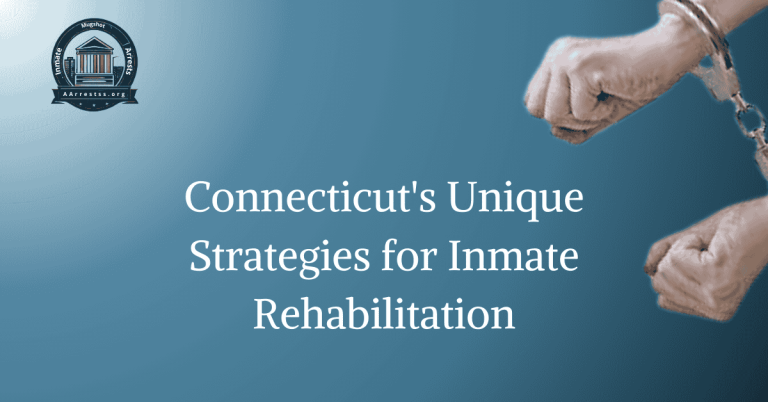Texas Juvenile Justice Reforms: A Comprehensive Overview
The state of Texas has made significant strides in recent years to reform its juvenile justice system. These reforms have aimed to improve outcomes for young offenders, promote rehabilitation and reduce recidivism rates. This comprehensive overview will delve into the key initiatives and policies that have been implemented, highlighting their impact on the juvenile justice landscape in Texas.
Overview of Texas Juvenile Justice Reforms
In recent years, the state of Texas has undertaken significant efforts to reform its juvenile justice system. These reforms aim to address the needs of young offenders and create a more effective and rehabilitative system. This overview will provide a comprehensive look at the key initiatives and policies that have been implemented in Texas, highlighting their impact on the juvenile justice landscape.
Promoting Rehabilitation and Reducing Recidivism
One of the primary goals of Texas’ juvenile justice reforms is to promote rehabilitation and reduce recidivism rates among young offenders. The state has implemented various programs and interventions aimed at addressing the underlying causes of delinquency and providing support for positive behavior change. These efforts include educational programs, mental health services, substance abuse treatment, and vocational training, all with the goal of equipping young offenders with the skills and resources they need to reintegrate into society successfully.
Community-Based Alternatives to Incarceration
Recognizing the importance of keeping young offenders connected to their communities, Texas has emphasized the use of community-based alternatives to incarceration. Rather than placing youth in detention centers or correctional facilities, the state has expanded the availability of community programs and services that provide supervision, counseling, and support for young offenders. These alternatives focus on accountability, rehabilitation, and restorative justice, allowing young people to address the harm caused by their actions while remaining connected to their families and communities.
Improving Conditions and Treatment in Detention Facilities
Another significant aspect of Texas’ juvenile justice reforms is the focus on improving conditions and treatment within detention facilities. The state has implemented numerous measures to ensure that young people in custody receive appropriate care and support. This includes training staff members on trauma-informed care, providing mental health services, enhancing educational opportunities, and promoting a safe and secure environment. By prioritizing the well-being of youth in detention, Texas aims to create an environment that supports their rehabilitation and successful reintegration into society.
Diversion Programs for Nonviolent Offenders
To reduce the number of young people entering the juvenile justice system, Texas has implemented diversion programs for nonviolent offenders. These programs offer alternatives to formal court processing and incarceration, redirecting young offenders towards community-based interventions and services. By diverting nonviolent offenders away from the traditional justice system, Texas aims to minimize the potential negative consequences associated with formal processing while providing the necessary support and resources to address underlying issues and prevent future delinquency.
Addressing Disparities and Racial Inequities
Recognizing the disparities and racial inequities that exist within the juvenile justice system, Texas has made efforts to address these issues. The state has implemented policies and programs aimed at reducing disproportionate minority contact and ensuring fairness and equity in the treatment of young offenders. By addressing these disparities head-on, Texas strives to create a more just and equitable juvenile justice system that serves all young people equally, regardless of their race or ethnicity.
FAQs
What are the key components of the Texas Juvenile Justice Reforms?
The Texas Juvenile Justice Reforms consist of several key components aimed at improving the juvenile justice system. These include diversion programs, community-based alternatives to detention, rehabilitation and treatment services, and a focus on addressing the underlying causes of juvenile delinquency.
How have the Texas Juvenile Justice Reforms impacted the juvenile justice system?
The Texas Juvenile Justice Reforms have brought about significant changes in the juvenile justice system. They have led to a decrease in the number of youth being incarcerated, an increase in the use of community-based programs, and a shift towards a more rehabilitative and restorative approach to juvenile justice.
What is the goal of the Texas Juvenile Justice Reforms?
The goal of the Texas Juvenile Justice Reforms is to improve outcomes for youth involved in the juvenile justice system. This includes reducing recidivism rates, providing appropriate and effective interventions, and promoting the successful reintegration of youth back into their communities.
How do diversion programs work under the Texas Juvenile Justice Reforms?
Diversion programs under the Texas Juvenile Justice Reforms aim to divert youth away from the formal court process and towards community-based alternatives. These programs focus on addressing the underlying issues that contribute to delinquent behavior and provide youth with the support and resources they need to make positive changes.
What role do rehabilitation and treatment services play in the Texas Juvenile Justice Reforms?
Rehabilitation and treatment services are a crucial component of the Texas Juvenile Justice Reforms. These services aim to address the needs of youth, such as mental health, substance abuse, and educational support, in order to reduce the likelihood of reoffending and promote successful reintegration into society.
How are the Texas Juvenile Justice Reforms different from the previous approach?
The Texas Juvenile Justice Reforms represent a shift away from a punitive approach towards a more rehabilitative and restorative approach. The previous approach focused primarily on punishment and incarceration, while the reforms prioritize prevention, diversion, and community-based alternatives to detention.







